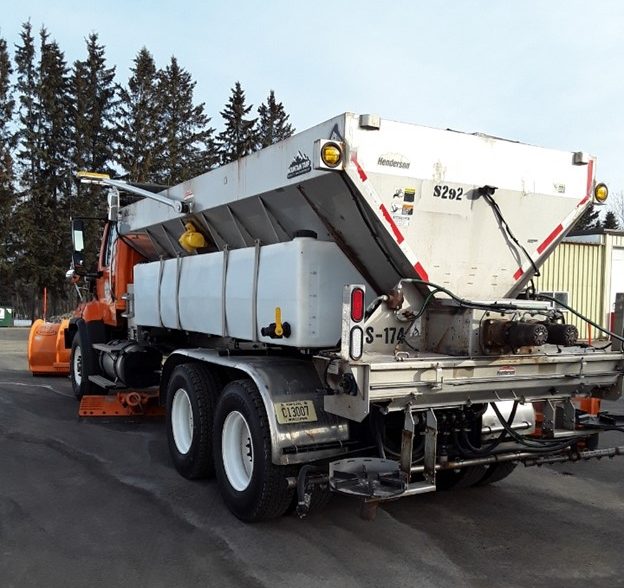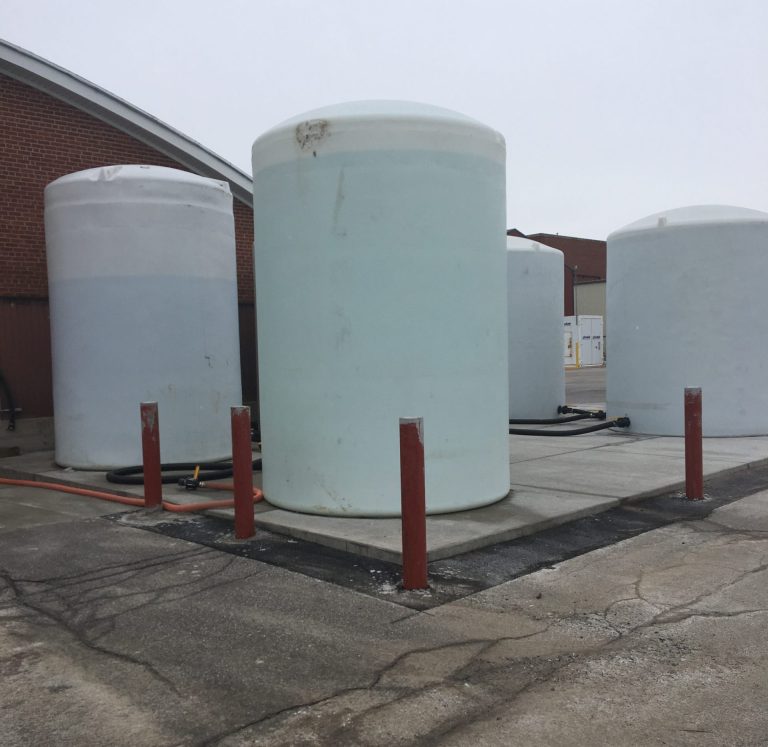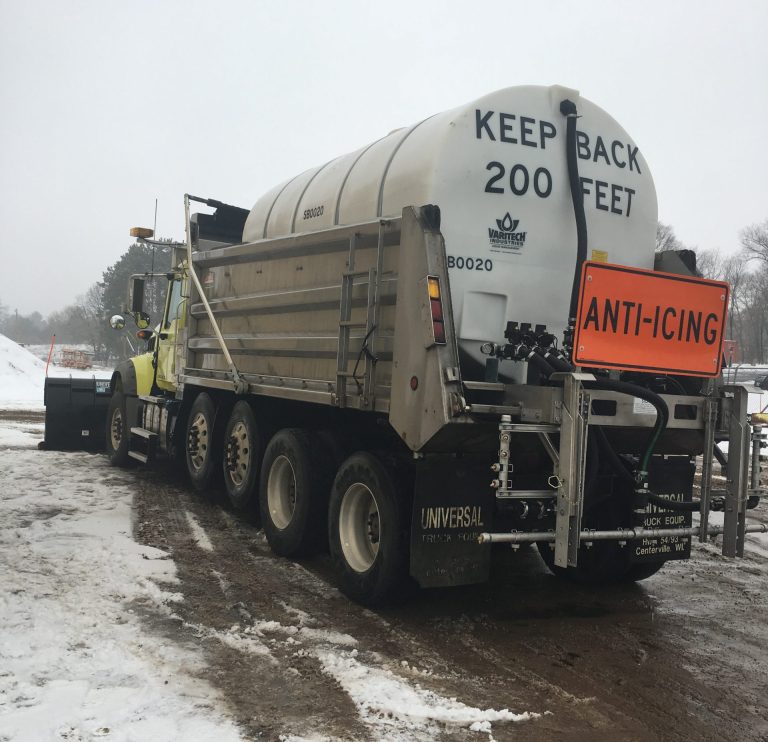Granting Agency: Wisconsin Department of Transportation
Researchers: Boris Claros, Ph.D. ; Madhav Chitturi, Ph.D. ; Andrea Bill, MSCE ; David A. Noyce, Ph.D.
Executive Summary
Salt has been traditionally used in winter roadway maintenance. Due to driver expectations and level of service, use of salt and cost have significantly increased over the years. Transportation agencies have been introducing responsible and sustainable winter maintenance practices to alleviate impacts on the environment, human health, vehicles, infrastructure, and reduce costs. Salt brine has been implemented in Wisconsin for several years and there is a need to evaluate its performance. Previous research indicated that there may be a significant reduction of salt and time to bare/wet when using salt brine compared to solid salt in Wisconsin.
In this research project, data collection and analysis were expanded from previous research efforts to evaluate salt brine performance in terms of amount of salt used, time to bare/wet, pavement friction, and benefit-cost. The methodology consisted of route selection, route and equipment data collection, winter storm event field data collection (weather, material, application rates, and performance), pavement friction data collection, and data analysis (comparison between study and control routes). Field data was collected from 10 counties (Brown, Dane, Jefferson, Marathon, Marquette, Outagamie, Price, Shawano, Washington, and Wood) in Wisconsin and there were 143 storms evaluated during the 2020-2021 winter season. Field data was collected from study and control routes at the same time and under the same weather conditions. Pavement friction data was collected from two counties (Jefferson and Wood).
Key findings of this research indicate that salt brine applications reduced the amount of salt used, improved time to bare/wet, presented better pavement friction conditions, and benefits outweighed the cost of investment to introduce salt brine to existing solid salt applications.


